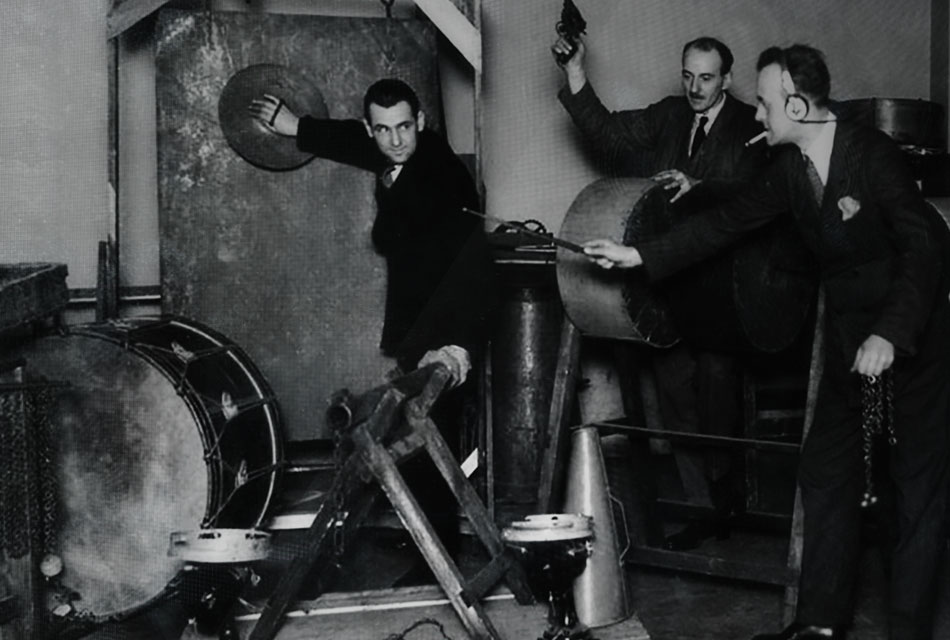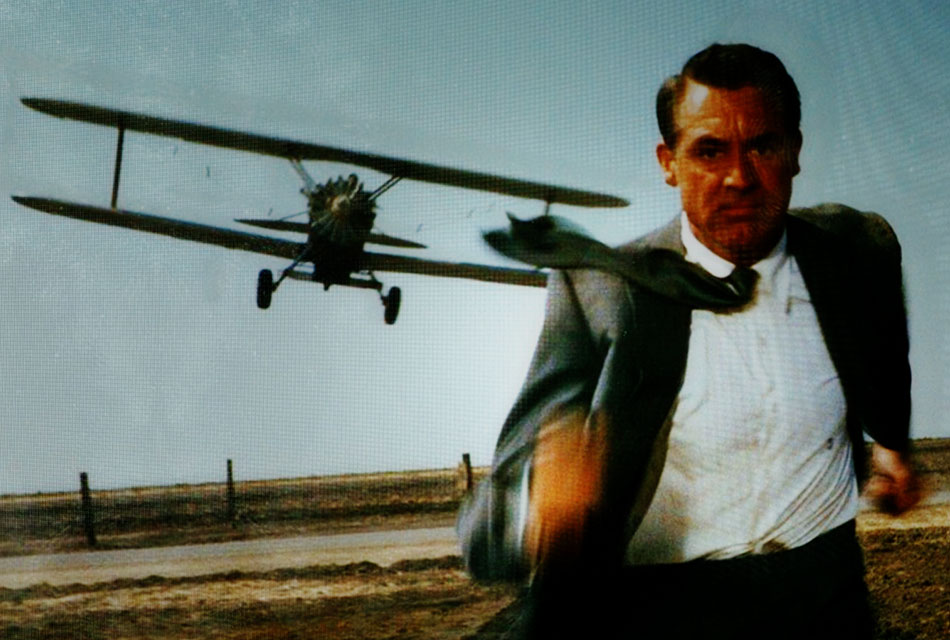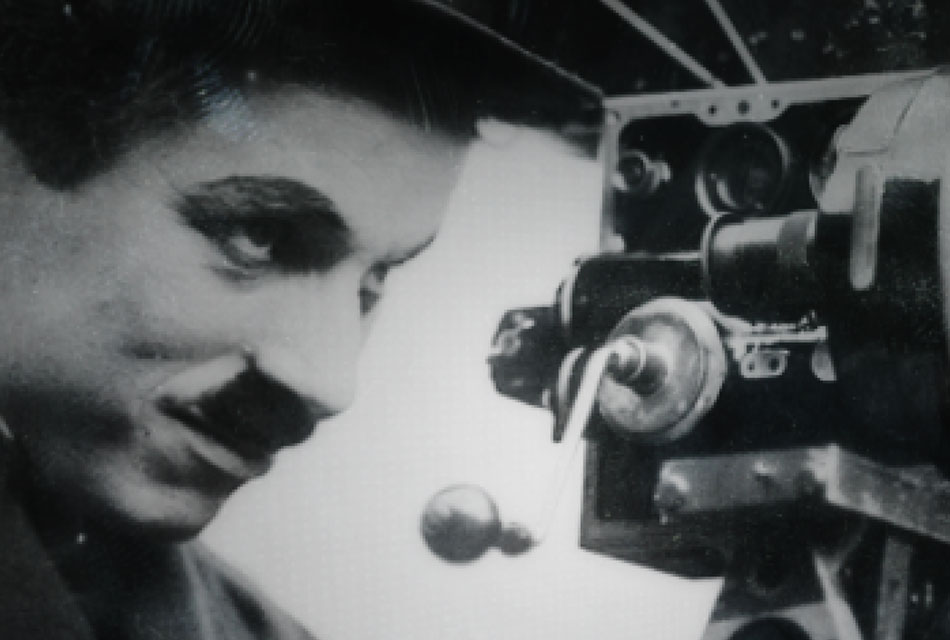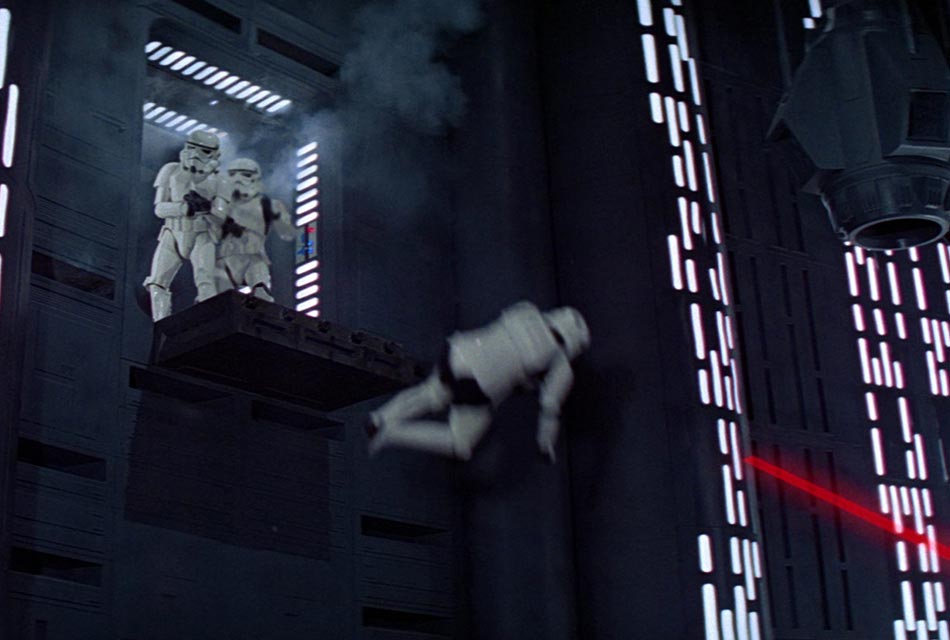No Place Like Home
Judy Garland’s body double, Bobie Koshay, was outfitted with a sepia dress and covered in sepia-toned makeup. Garland then stepped through the door and the camera turns back to her, resulting in a flawless transition, just one of the film’s many iconic moments. Henri Jaffa, Technicolor’s on-set technician, and Natalie Kalmus both worked to create the memorable scene. Director Victor Fleming and Producer Mervyn LeRoy chose to use the process not only to ensure public interest, but to provide a link to the source material, in which L. Frank Baum describes Dorothy’s native Kansas as dreary and monochromatic. It drove home the point in the story that Oz was totally fantastic and unlike anything Dorothy (or in fact the audience) had ever seen.
Kalmus, as the executive of the Technicolor Motion Picture Corporation, ensured that they kept firm control of the process and that they were involved in every use of the technique. As part of this strategy, his partner (and ex-wife) Natalie Kalmus was employed as ‘colour supervisor’ on most of the early productions using the technology. Kalmus, a notoriously difficult and disliked figure among directors, producers, and cinematographers, provided direction on the use of technicolor and composed the palettes used for films such as 'Gone With the Wind' as well as the aforementioned 'The Wizard of Oz' (both 1939).
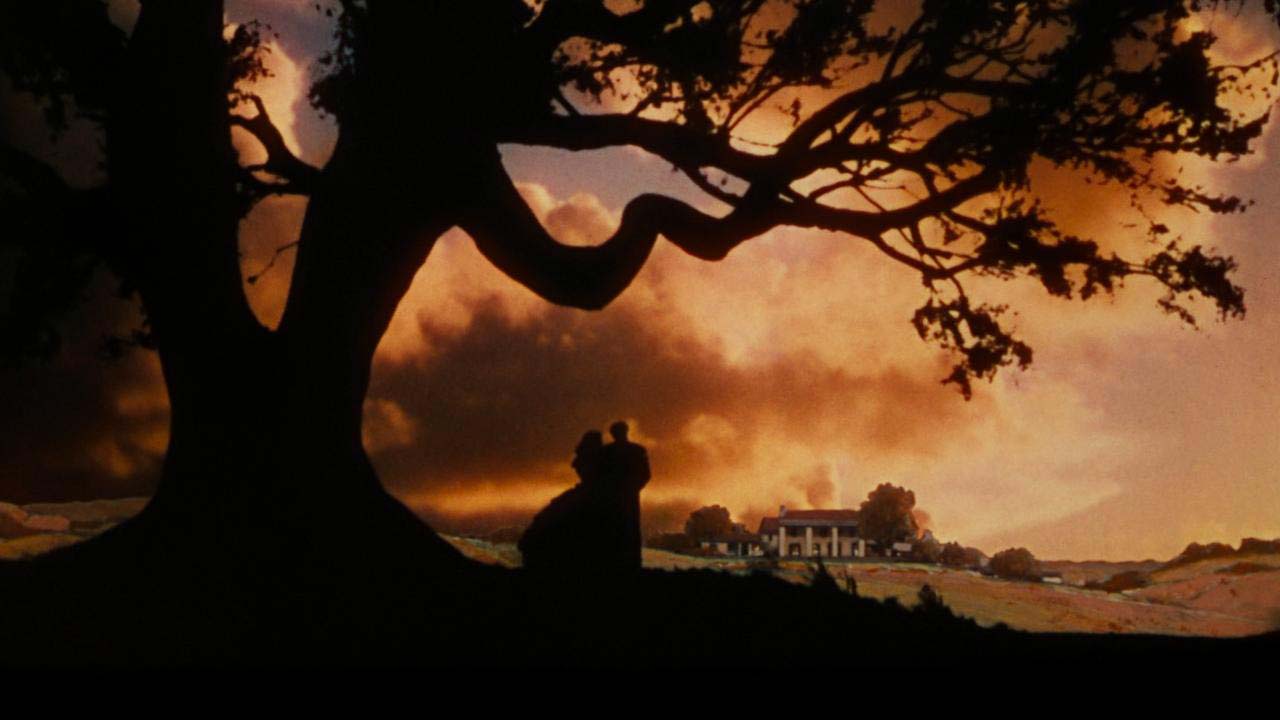
'Gone With The Wind' 1939 turning up the Technicolor at dusk

Genuine technicolour film showing how the dyed frames were combined to create the effect

The Black Shield of Falworth (1954). Probably one of the worst films ever made and making a real Hollywood hash of history in the process. The colour, however, is truly remarkable!
Main Image: 'The Wizard of Oz' (1939) © Metro-Goldwyn-Mayer
Technicolour film strips. Photograph David Duprey / AP
Clip from 'The Wizard of Oz' (1939) © Metro-Goldwyn-Mayer
Still from 'Gone With The Wind' (1939) © Selznick International Pictures / Metro-Goldwyn-Mayer
Still from The Black Shield of Falworth (1954) © Universal International Pictures

